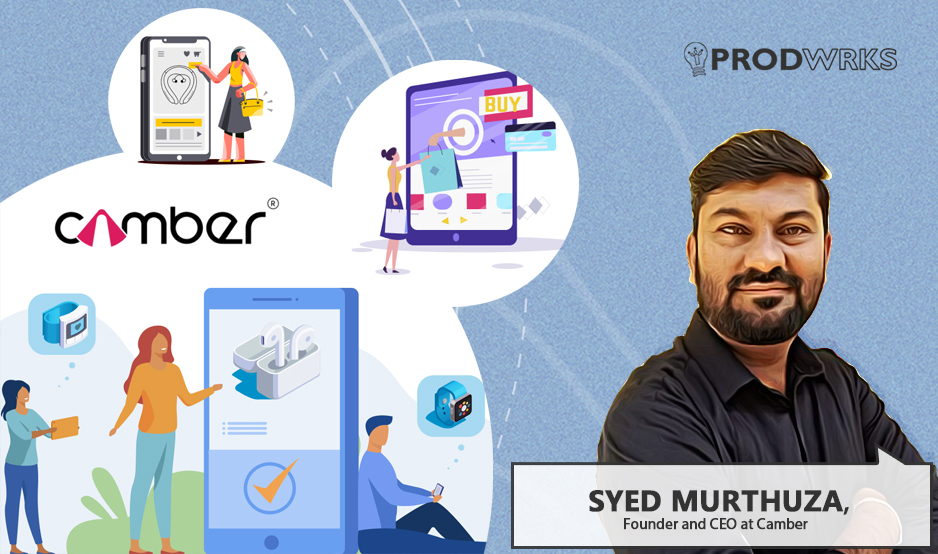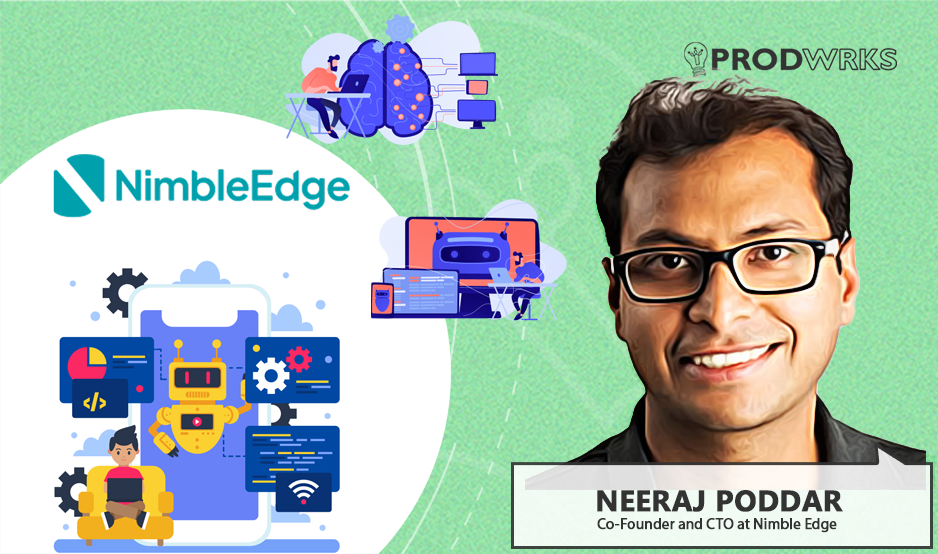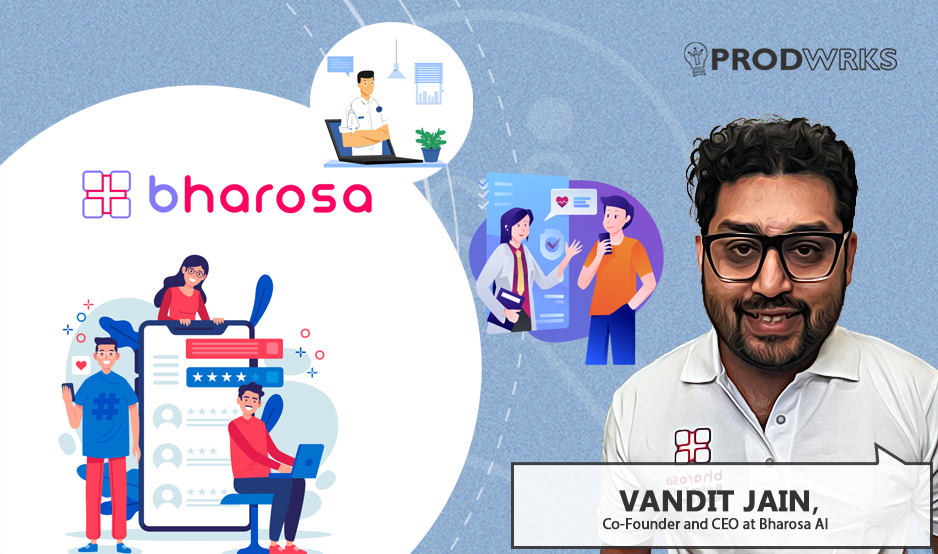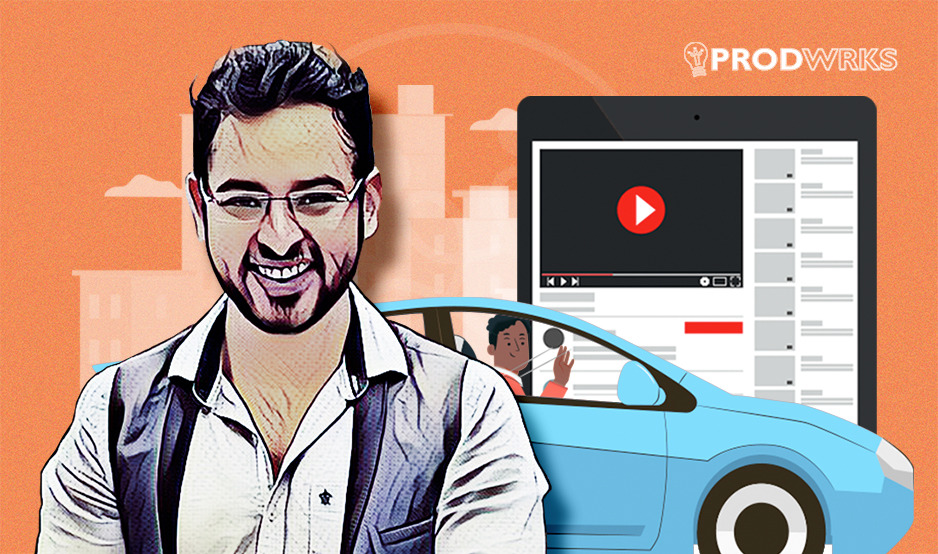
Founded by Arka Ganguli, Screenzy wants to put its tab-based interactive advertisement platform inside every taxi in India. Six months since its inception, Screenzy has already made its way into 300+ cabs (just in Kolkata) and is poised for a multi-city expansion.
Ganguli explains to Team ProdWrks, the potential of in-cab digital advertising and how Screenzy uses technology and interactive content to capture audience attention, one ride at a time.
The problem that Screenzy solves
“The average ride time of a passenger travelling in a cab in Kolkata is 35 minutes. This is their only leisure time because they sit in a confined space without moving. Screenzy came into being because we want passengers to utilize this time and space better,” says Ganguli.
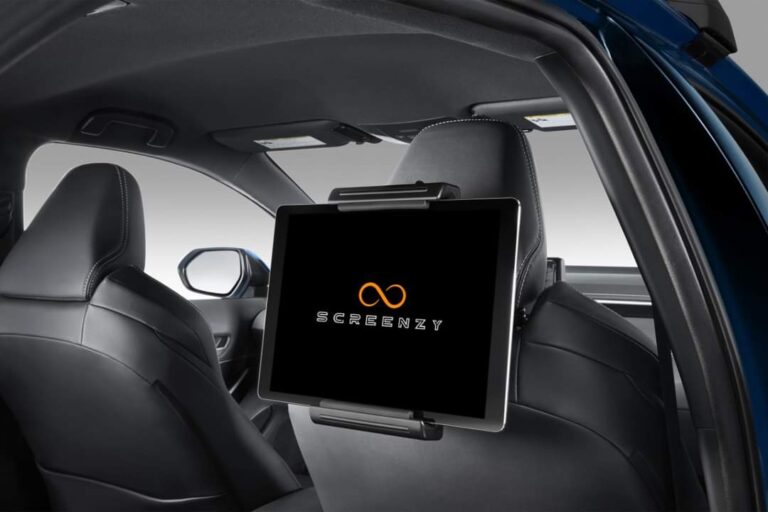
If we look globally, rideshare advertising platforms like Play Octopus or Vugo (in the US) utilize this travel time to show ads and reward passengers for viewing ads on their platforms. According to Ganguli, Screenzy follows the same strategy but with a slightly different approach by putting the content (and not ads) at the forefront.
He says, “With Screenzy, we did not want it to be just an ad platform. It might become very boring for passengers if we just show advertisements. So we have built Screenzy as a travel buddy platform to show them relevant information through interactive and entertaining content.”
How does Screenzy work?
The Screenzy tab starts as soon as the ignition is turned on, and no human intervention is needed from the driver or passenger. The app adjusts the brightness and maintains the sound according to the ambient noise while providing passengers with controls to change it manually.
“We have programmed a motion detector to collect the passenger count. Passenger privacy is ensured as we don’t record any images. The platform is designed to automatically run various interactive games, videos, and advertisements and simultaneously collect data on the impressions,” says Ganguli.
Screenzy’s content and ads are delivered to passengers according to the geolocation data of the cabs. When the cab crosses a heritage landmark, the Screenzy tab will show a beautiful drone shot of the area with quirky facts about the place.
“Similarly, if the cab is crossing a mall and there is a new store opening, or if they are offering discounts, it would show up in real-time on the platform. On top of this, commuters can win Amazon vouchers by interacting with the platform and playing simple quizzes and motion-tracking games while they travel,” Ganguli explains.
As you might have guessed already, Screenzy makes money from the brands showing these advertisements on their platform, allowing them to provide tablets for free to drivers.
Validation and reception
Ganguli says that his initial idea for Screenzy was validated well before he built the app or started working on it because the advertising market badly needed “something different” and fresh to tell brand stories.
“Before starting Screenzy, I worked in sales for a media company that sold ad spaces in elevators. I met many clients who were marketing heads of big brands. They usually had a question, Aapke paas aur kya hei? (what else do you have?). When I pitched the idea of Screenzy to them, I found that 8 out of 10 people were interested.”
Seeing that his idea for Screenzy had takers, Ganguli decided to plunge into entrepreneurship and launched Screenzy. It’s been six months since Screenzy’s inception, and more than 300+ cabs in Kolkata today carry the Screenzy tab, with over 30 well-known brands advertising with them in an economic environment facing major headwinds.
Ganguli says these numbers are steadily climbing, which validates that they are on the right track.
Metrics for success in rideshare advertising
There are two metrics Ganguli keeps his eyes on to measure the success of Screenzy – customer acquisition metrics and interactive metrics.
“Customer acquisition metrics help us understand how many brands are trying our platform and how many we will retain in a year. And, the interactive metrics help us understand how many people engage our tablet by playing games and winning the Amazon vouchers,” Ganguli explains.
He adds that 25% of the passengers travelling in Screenzy-enabled cabs interact with the platform. So, the team at Screenzy is monitoring the interactive metrics aggressively and pushing upgrades so that people start communicating with the tabs more.
“In terms of the software, we are introducing much more touch points, where passengers will get more options to fidget with during the entire journey. We are also developing augmented reality features(AR), where brands can showcase their products like sunglasses, clothes, or hair dyes, and passengers can virtually try them using the app.”
Ganguli says getting the technology right to deliver a better experience for the passengers is crucial in this business because, ultimately, experience is all that matters.
What brands don’t understand about advertisements
Ganguli believes advertisements must be about the experience rather than just metrics. Regular TV or OOH advertisements that last 10 seconds or less do not give the consumers an experience to remember, as the brands need more time to tell a story.
He says, “In the end, advertisements do not guarantee sales or conversions. It’s all about the experience and ensuring that your customers pick your product, not your competitors. This happens when they resonate with the story and experience you give through ads.”
Ganguli believes Screenzy is the perfect platform for brands who want to show experiential advertisements because a typical cab ride lasts around half an hour, thus providing ample time for the brands to get their messaging across.
“Since an average cab ride lasts 35 minutes, we have the luxury to give brands 30-second time slots to tell their story, which in the world of advertisements is a good amount of time for brands to show a lot of perspectives and create an experience. So, what we do is more like experiential marketing,” concludes Ganguli.
Till a couple of years back, the only advertisements you heard inside taxis were ad jingles that played between songs on the radio. Cut to 2023, marketing teams of major brands simply want “something more” and “something different” to tell their brand story. Screenzy and other new-age ad-tech platforms are going to the market to do just that.

